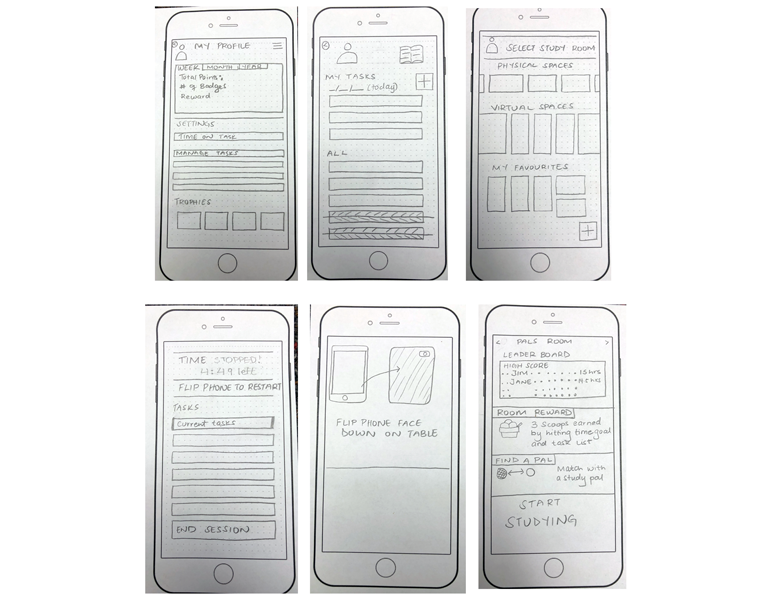“Whatever it is, the way you tell your story online can make all the difference.”
A process is not necessarily linear, there are principles, laws and practices that inform and influence the progression of development of a solution. There are many of these that are applied that will not feature in this summation of activity and artifact of research progression.
Quantitative Research
Hypothesis, Assumptions, and Data
Esther’s process begins with hypotheses and assumptions. The sweet space of clarity and ambiguity is identifying what is known now, what was known before, the changes in between, and outlining what we do not know and would want to know. The data here is utilized in strategizing and planning for a research initiative.
This process involves reviewing publications, previous reports, product performance, trends in data, and other raw data analyses to paint a picture. The hypotheses and assumptions emerge from this process, giving insight into the critical areas of a problem while eliminating areas that are not a problem that might have been assumed a problem to solve in urgency.
Qualitative Research
Field Study
Interviews
Observations
Ride along
Storytelling
Storyboards
Storyboards assist in clarifying the customer need, the tolerances of process and information
Usability Testing
Usability tests, inform on customer needs, they highlight the process that customers use in utilizing the product in acheiveing their goals
Concept Testing
Concepts attempt to provide choice for the customer in the address of needs
Card Sorting
Card sorting outline the customer information processing and ultimately the information architecture
Artifacts
Journey maps
Interaction map















